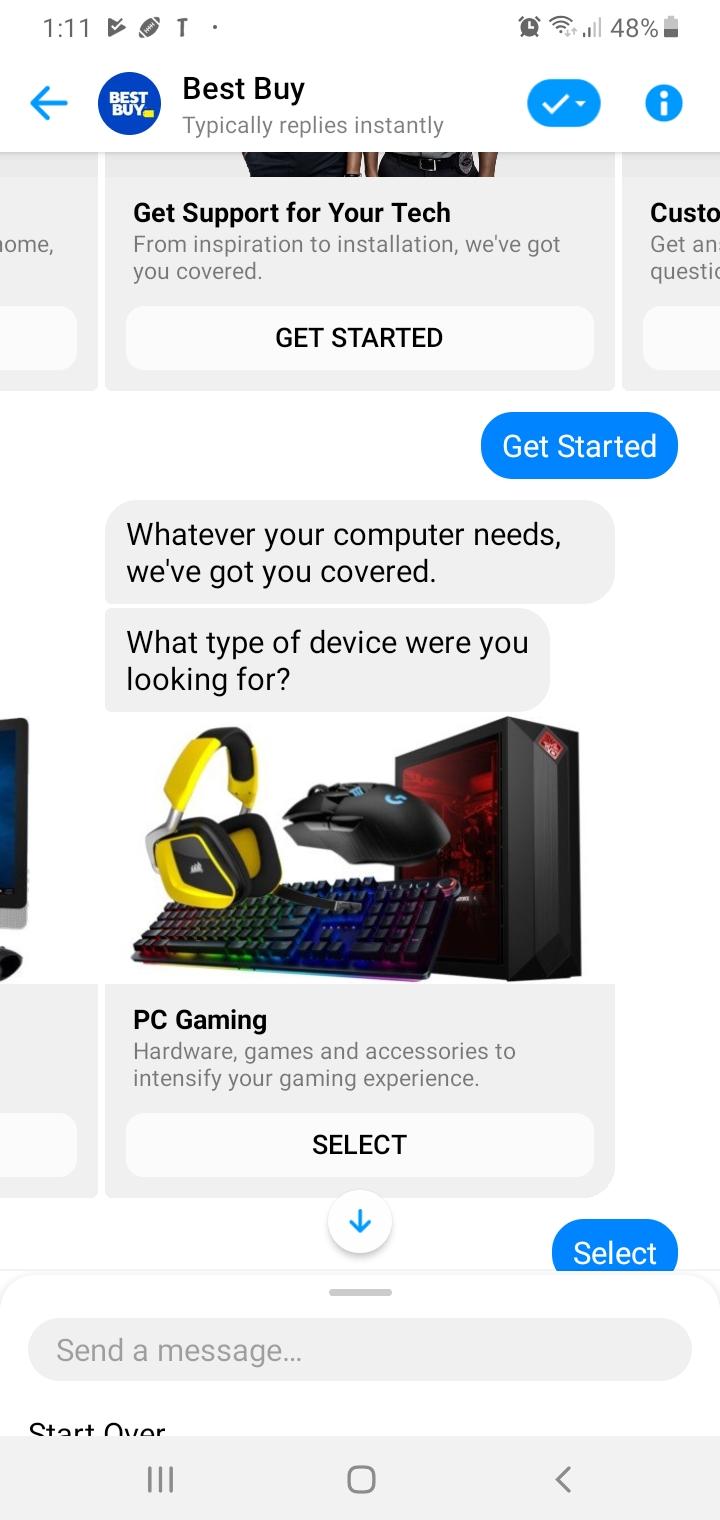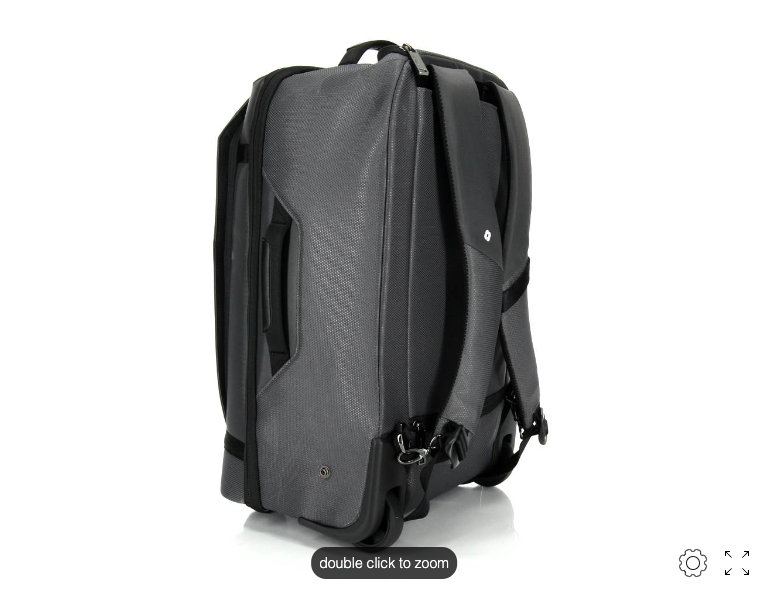As the SaaS landscape continues to change and expand, Andolasoft presents a perfect time to evaluate what you’ve accomplished in months past and to prepare your plans for growth in the upcoming year.
One of the best investments you can make in your SaaS business is attending a well-executed conference.
Below we deep-dive into why you should add a SaaS conference to your roster, why you should attend the SaaS events, and our pick of the best conferences to look forward to in 2020.
Why Attend A SaaS Conference
In our digitally connected age, it seems almost any important transaction can be handled through a computer or mobile device.
We have a variety of social platforms that we can use for connecting and networking, so why go through the expense of attending a conference?
While it’s true most business activities can be effectively executed by the very products the SaaS industry produces, some interactions are made much more valuable when conducted human-to-human.
Here Top SaaS Events For 2020:
1. SaaStr Annual
Date: March 10 – 12, 2020
Location: San Francisco, California
SaaStr is one of the biggest, most popular events in the SaaS industry. The annual gathering will bring together 12,000 people and will feature over 300 sessions designed to help you scale your SaaS business and improve your lifetime value.
Can’t make the March gathering? Don’t fret! SaaStr is also hosting a similar event in Paris, France in June.
Why You Should Attend:
Whether you plan to attend SaaStr’s mega event in March or wait for the Paris gathering in June, you’ll be in for a treat.
Attendees learn how to scale their startups, have the opportunity to network with their peers, and even get the chance to be mentored by industry professionals.
The speaker list is always amazing too. 2019’s slate included execs from Dropbox, HubSpot, Twilio, and Intercom.
2. SXSW – SaaS Conference
Date: March 13 – 22, 2020
Location: Austin, Texas
No SaaS conference list is complete without mentioning South by Southwest (SXSW). This event is absolutely massive.
In fact, it’s one of the most well-known events in the world – regardless of topic or industry. The 2019 event discussed things like blockchain, startups, marketing tactics, art, sports, and more.
Why You Should Attend:
The 2019 slate of keynote speakers included the Beastie Boys, the founders of Instagram, a successful politician, and award-winning writers and musicians.
There was so much knowledge to be gleaned from these folks!
The conference also gives attendees the chance to network with thousands of others. Plus, there’s so much going on. If you need a break from the sessions, you can always listen to live music or catch a film screening.
3. Adobe Summit
Date: March 29 – April 2, 2020
Location: Las Vegas, Nevada
Adobe puts on a great many events throughout the year, but Summit is always one of the best.
2019 attendees dove deep into experience marketing and learned from speakers like Super Bowl champion Drew Brees, Oscar-winning actress Reese Witherspoon, Best Buy’s CEO Hubert Joly, Suntrust Bank’s CMO Susan Johnson, and many more.
Why You Should Attend:
In SaaS, creating great customer experiences is essential. It’s what will separate your tool from the myriad of others on the market.
And that’s exactly what you’ll learn how to do at Adobe Summit.
You’ll also have the opportunity to network with others in your industry. And if that’s not enough, just look at the positive reviews. 99% or previous attendees say the conference exceeded their expectations.
4. MicroConf
Date: April 19 – 23, 2020
Location: Minneapolis, Minnesota
MicroConf takes a different approach than many of the other events listed in this article. It focuses exclusively on small, self-funded companies.
If that’s the kind of business you own or work for, this conference is a must-attend.
Why You Should Attend:
MicroConf offers two distinct conferences, which will happen back-to-back in 2020.
The Growth conference is aimed at those currently earning a full-time income from their digital products. The Starter conference is for those not currently making a full-time income from their startup.
Both events will help attendees further their careers by giving them access to world-class performers and speakers.
5. Technology & Services World
Date: May 4 – 6, 2020
Location: San Diego, California
Technology and Services World (TSW) is “where technology and service executives talk business.” Intrigued?
Then secure your tickets for this event and learn about customer success, revenue generation, selling tactics, artificial intelligence, professional services best practices, and more.
Why You Should Attend:
To succeed in the modern business world, you need to stay on the cutting edge of technology.
At TSW, you’ll learn everything you need to about the topic. You’ll also have ample opportunity to network with colleagues.
Lastly, the expo will expose you to new tools and solutions that will make your work life easier.
6. SaaS Monster
Date: June 22 – 25, 2020
Location: Toronto, Canada
SaaS Monster stands apart from the rest of the conferences on this list. Mostly because it’s not its own conference.
Rather, it’s a SaaS-specific track within one of the world’s fastest-growing technology events, Collision Conference.
But don’t let that deter you from attending. SaaS Monster will focus on four main pillars of content related to SaaS: cloud computing, big data, enterprise technology, and security.
Why You Should Attend:
SaaS Monster will bring together SaaS professionals to discuss the industry, share valuable insights, and network with each other.
And the best part? A ticket to SaaS Monster allows you to attend the full Collision Conference experience!
7. SaaStr Europa
Date: June 17 – 18
Location: Maison de la Mutualité in Paris, France
Why Should You Attend:
You will find 500 mentors along with 3000 attendees and 30 hours of rich content.
SaaStr is the world’s largest community of SaaS executives, founders, and entrepreneurs. This conference is meant to help scale businesses faster to $100m ARR.
You can expect incredible networking opportunities and full-day sessions where you can learn from successful entrepreneurs. You also get to share the space with venture capitalists and fellow entrepreneurs in SaaS.
8. 4YFN
Date: June 30 – July 2
Location: Shanghai, China
Why Should You Attend:
4FYN is an event for entrepreneurs who are looking to scale their business.
It is a platform where you will get the opportunity to massively expand your professional network by meeting important people from the industry.
Different sessions will be conducted by experts that will teach you about scaling up your SaaS business to newer heights.
9. SaaStr Traction Conference
Date: August 5- 6
Location: Vancouver, Canada
Why Should You Attend:
Traction Conference is focused on high-growth business. This is particularly interesting for SaaS because SaaS companies have the ability to scale the fastest and have higher goals in terms of monthly and yearly growth.
This conference is attended by high-growth business leaders and founders sharing their experience, strategies, and tactics for achieving high growth.
10. Slush
Date: November 19 – 20
Location: Helsinki, Finland
Why Should You Attend:
The event, which started with a gathering of only 300 curious minds, has now expanded to 25,000 attendees.
Slush has only one aim — to create and help the next generation of groundbreaking entrepreneurs.
You will find sessions on AR and VR, AI advancement, the start-up environment of Europe, and much more. The event is going to give you the best, hands-on advice by entrepreneurs, for entrepreneurs.
Event listing source: SoftwareSuggest.com/blog
Warping Words
It’s easy to get overwhelmed by the sheer number of SaaS conferences happening in 2020.
Apart from the above-mentioned saas events, there are plenty of needful in-person opportunities coming up this year also.
These events are also necessary to keep up with trends, education, and being inspired by what others are doing in SaaS.
Make your travel plans now!
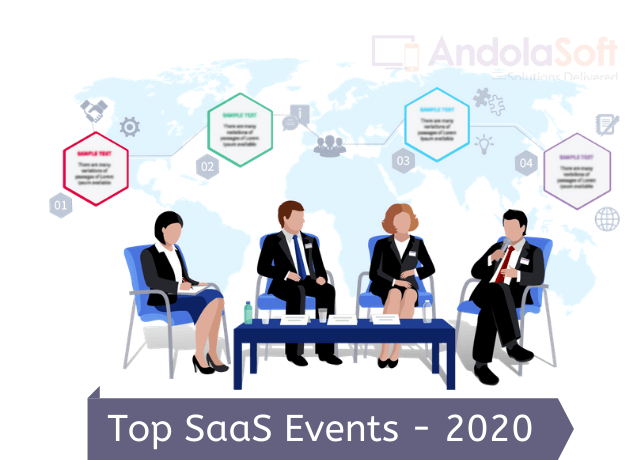






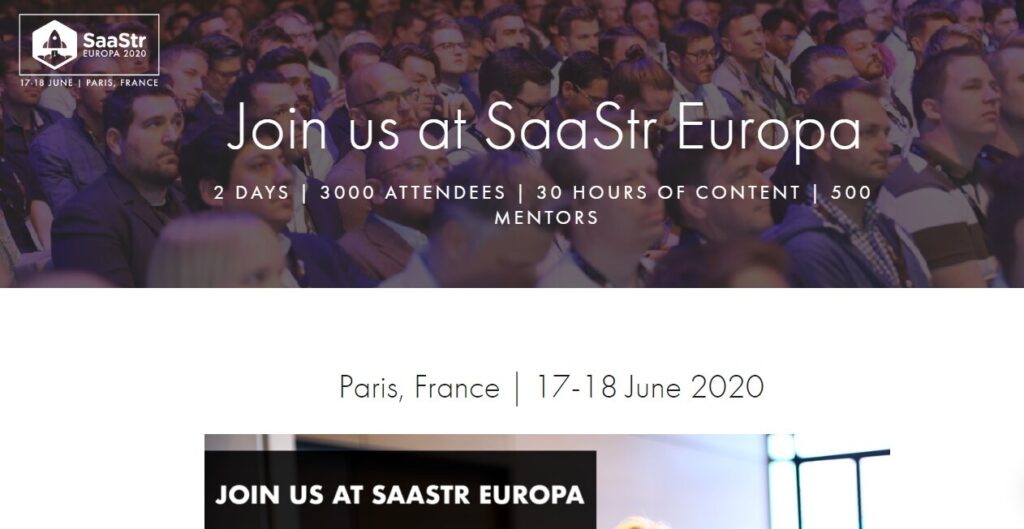

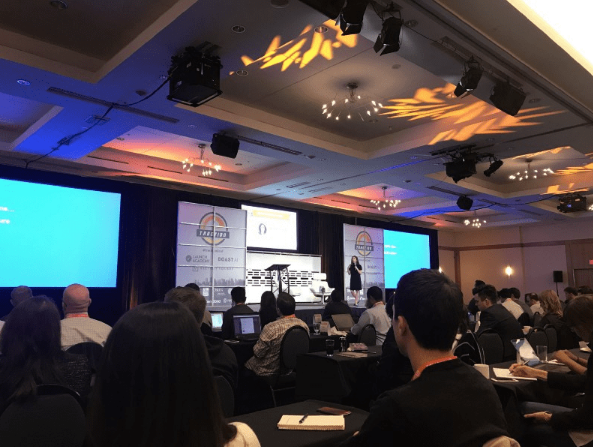
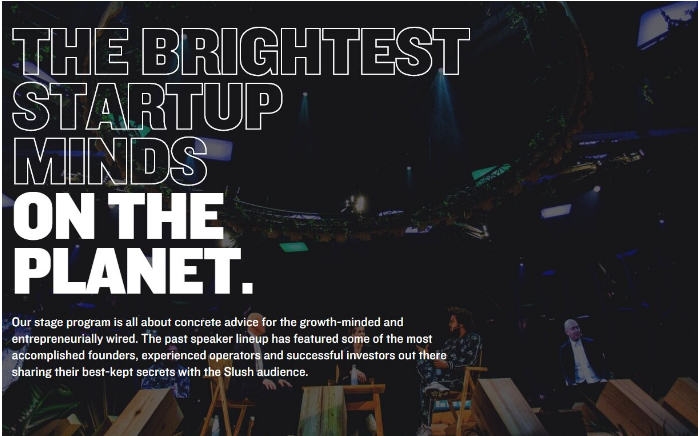

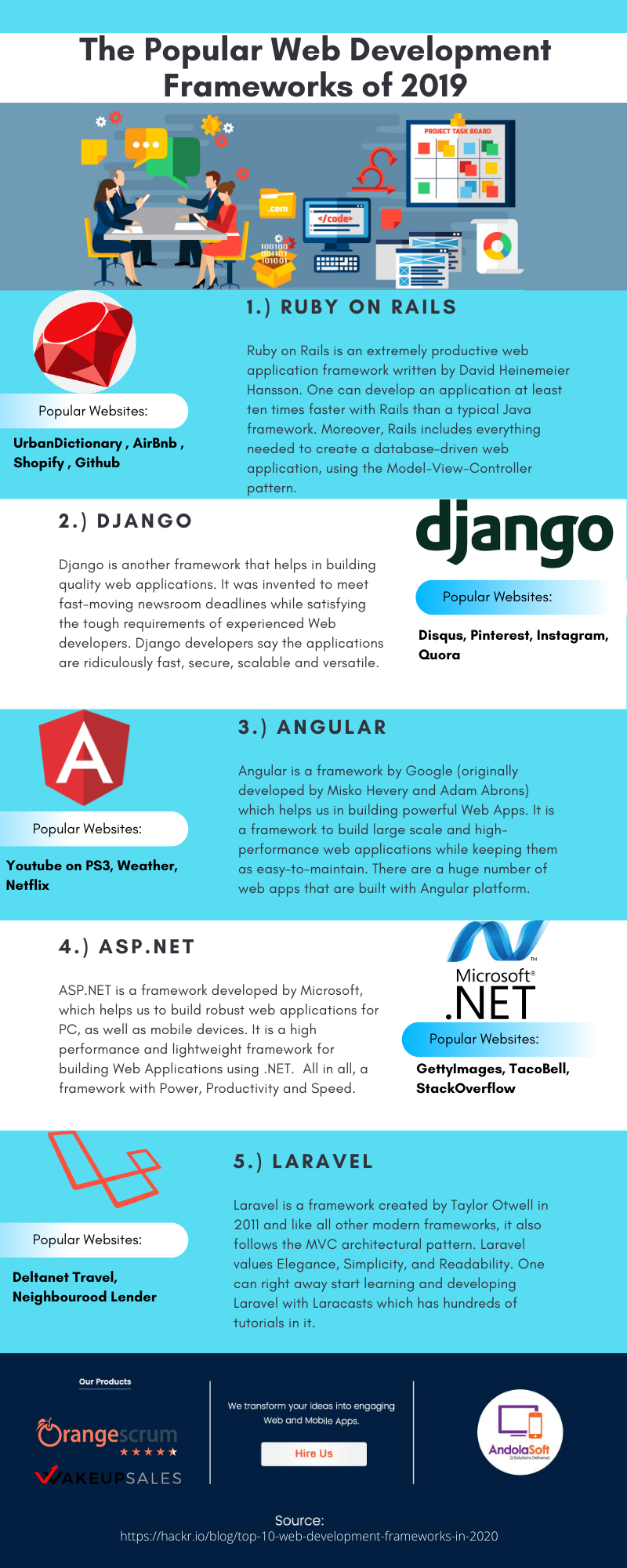
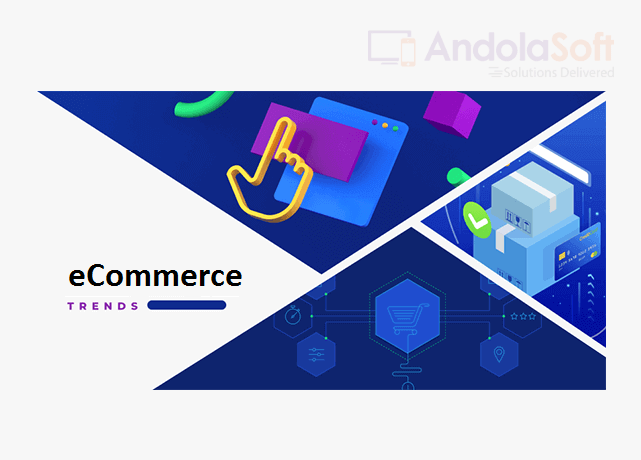






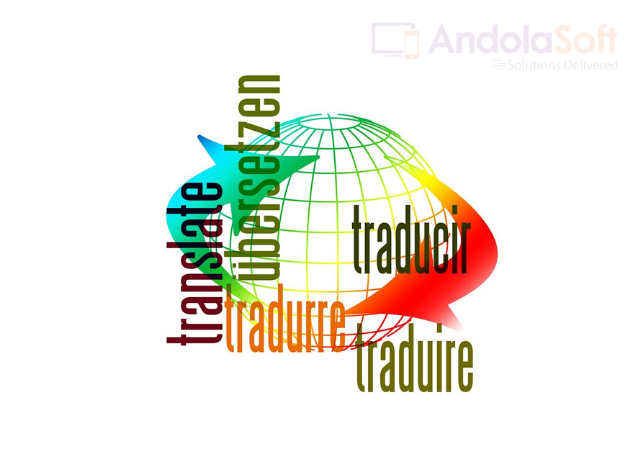
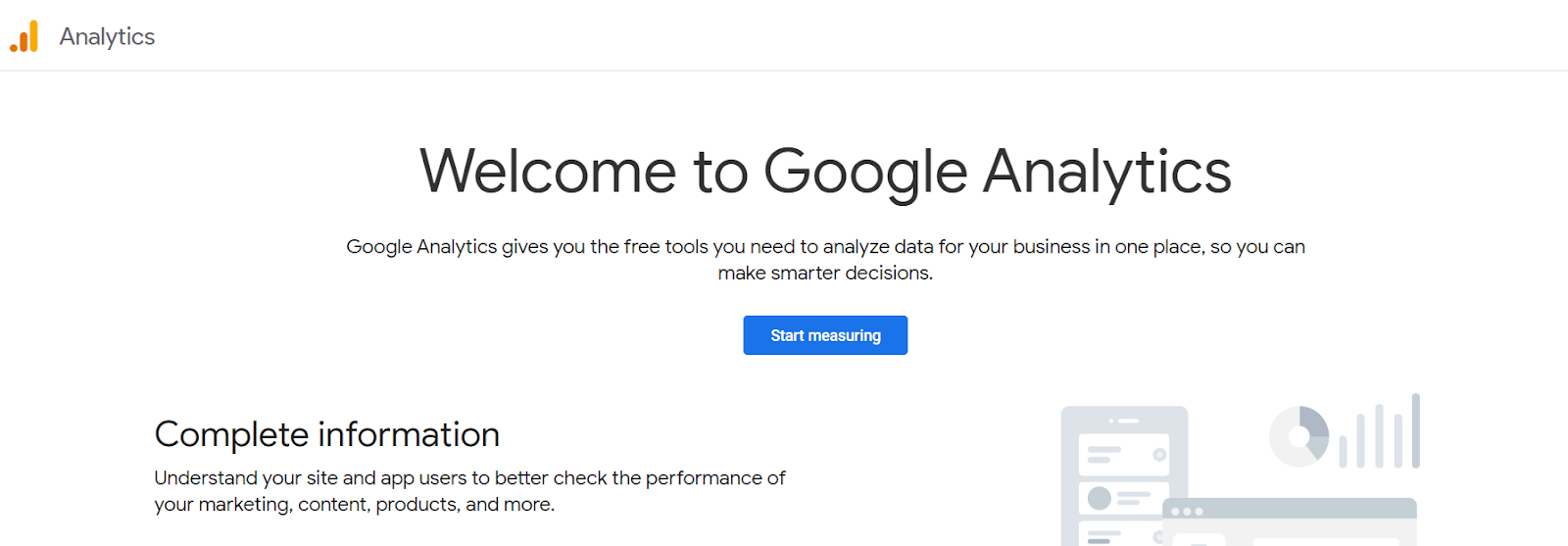 Image Source:
Image Source: 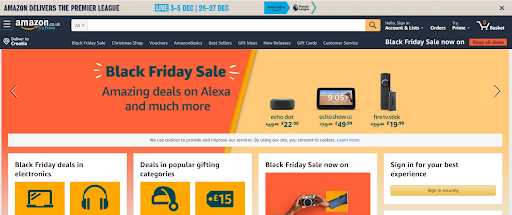 Image Source:
Image Source: 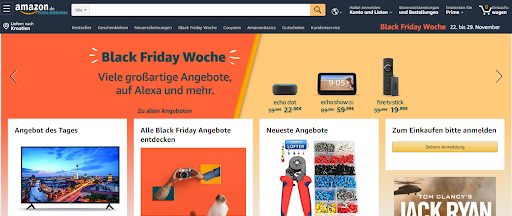 Image Source:
Image Source: 
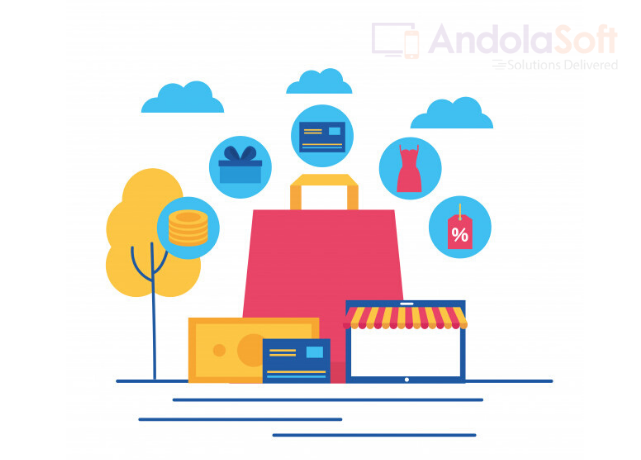

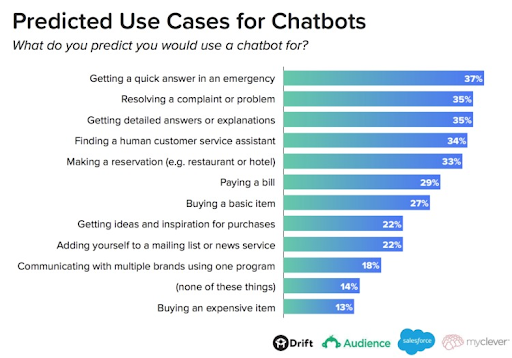 Source: The 2018 State of Chatbots report
Source: The 2018 State of Chatbots report